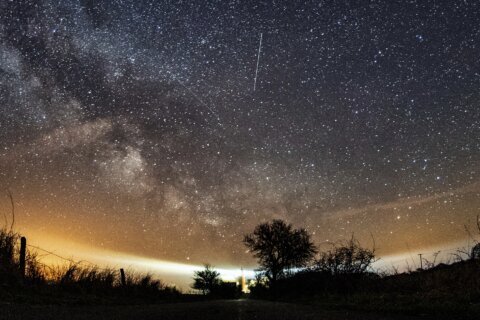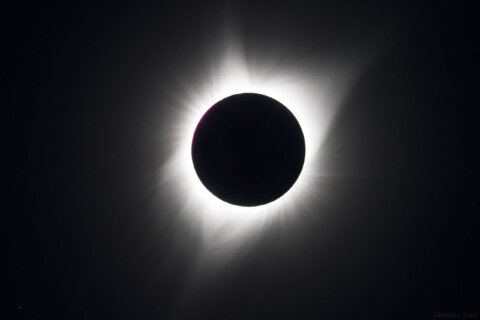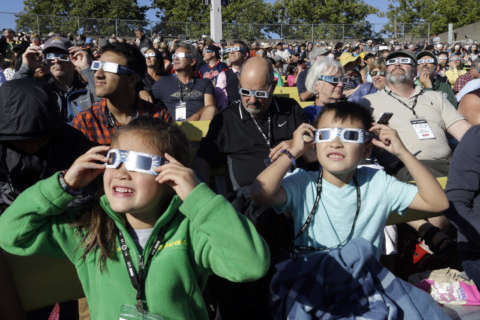▶ Watch Video: NASA attempts first ever mission to retrieve sample from asteroid
A small asteroid crashed into Earth three years ago — and now scientists know where it came from. Researchers have traced the origins of the resulting rare meteorite fragments, which began the journey to Earth some 23 million years ago.
The asteroid, called 2018 LA, shot across the sky like a fireball before landing in Botswana on June 2, 2018. Researchers subsequently recovered 23 meteorites from the Central Kalahari Game Reserve, a huge area known for its diverse wildlife.
“The meteorite is named ‘Motopi Pan’ after a local watering hole,” Mohutsiwa Gabadirwe, the senior curator of the Botswana Geoscience Institute, said in a statement, referring to the first sample they found. “This meteorite is a national treasure of Botswana.”
Scientists first spotted the asteroid using the University of Arizona’s Catalina Sky Survey, which tracks asteroids as part of NASA’s Planetary Defense program. It marked just the second time scientists have been able to study an asteroid in space before it reaches Earth — typically, they don’t know about them until after it’s happened.

At the time, the asteroid was estimated to be about 6 feet across — small enough to safely break apart in Earth’s atmosphere. It arrived at the fast speed of 38,000 miles per hour, according to NASA.
“This is only the second time we have spotted an asteroid in space before it hit Earth over land,” said Jenniskens. “The first was asteroid 2008 TC3 in Sudan ten years earlier.”
Through precisely mapping the boulder-sized asteroid’s orbit and path to Earth, as well as analyzing the samples at the University of Helsinki, researchers determined that they belong to the group of Howardite-Eucrite-Diogenite (HED) meteorites, named for their composition. They published their findings in the journal Meteoritics and Planetary Science.
This group of meteorites is likely to have come from Vesta, the second-largest asteroid in our solar system, located in the asteroid belt between Mars and Jupiter.
“Combining the observations of the small asteroid in space with information gleaned from the meteorites shows it likely came from Vesta, second-largest asteroid in our Solar System and target of NASA’s DAWN mission,” said lead author Peter Jenniskens. “Billions of years ago, two giant impacts on Vesta created a family of larger, more dangerous asteroids. The newly recovered meteorites gave us a clue on when those impacts might have happened.”
Researchers now believe the Veneneia impact basin formed about 4.2 billion years ago.

Researchers observed more diversity in the appearance of the meteorites than expected. They classified the asteroid as a breccia, a mixture of rock pieces from various parts on Vesta.
“We studied the petrography and mineral chemistry of five of these meteorites and confirmed that they belong to the HED group,” said co-author Roger Gibson. “Overall, we classified the material that asteroid 2018 LA contained as being Howardite, but some individual fragments had more affinity to Diogenites and Eucrites.”
One-third of all HED meteorites that arrive on Earth were ejected from the asteroid approximately 22 million years ago.
Further research “showed that this meteorite too had been in space as a small object for about 23 million years,” said Kees Welten of UC Berkeley, “but give or take 4 million years.”
Researchers say they are excited to uncover more secrets surrounding the mysterious Vesta asteroid. A more recent expedition, in November 2020, led to researchers locating another Motopi Pan meteorite — at 2.3 ounces, it’s the largest found to date.







